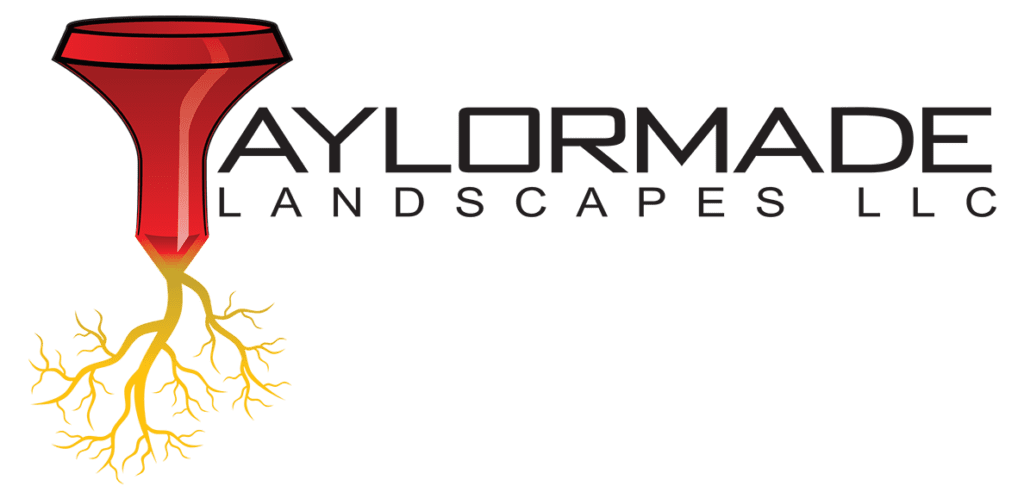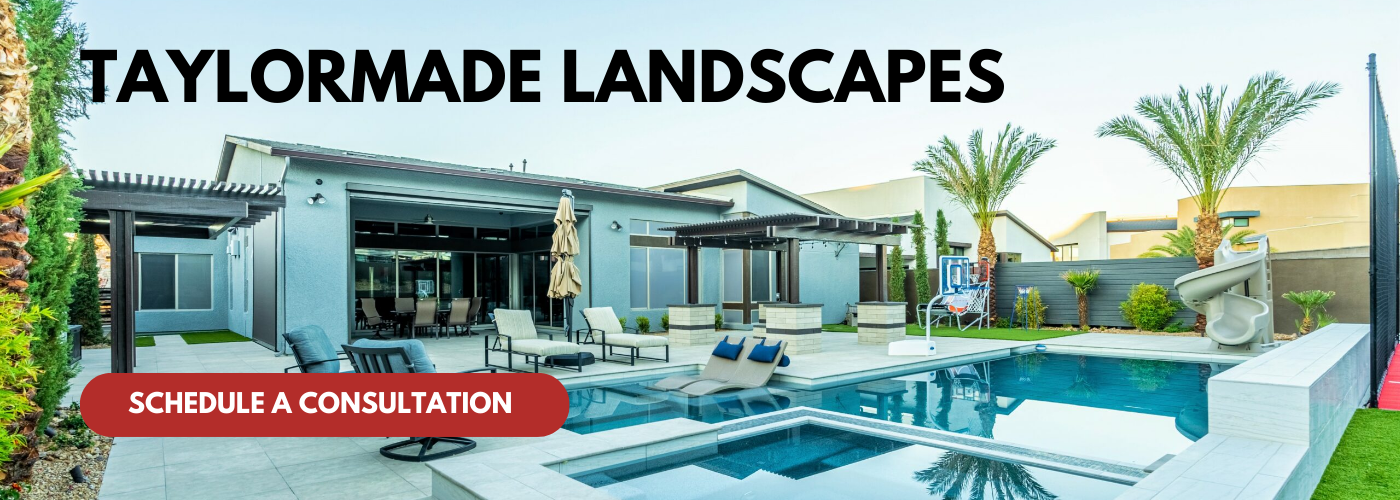As we journey deeper into the digital age, technology continues to reshape our world in innovative ways, and the realm of landscape architecture is no exception. By 2025, the integration of smart technologies and digital solutions into hardscape design has transformed how outdoor spaces are planned, built, and experienced. From interactive walkways to intelligent irrigation systems, the influence of technology on hardscaping trends is not merely an enhancement; it has become a fundamental aspect of modern landscape architecture.
In recent years, the demand for sustainable and versatile outdoor environments has surged, pushing designers and homeowners alike to explore creative solutions that harmonize aesthetics with functionality. The emergence of new materials, coupled with advancements in construction techniques and digital design tools, has enriched design possibilities. Innovations such as permeable pavement, drone technology for surveying, and augmented reality for client presentations are just a few examples of how technology is influencing both the design process and the final hardscape outcomes.
Moreover, as urbanization continues to swell, smart city initiatives are driving hardscape trends toward more eco-friendly and resilient solutions. The incorporation of green infrastructure reinforced by technological support is not only enhancing the beauty of outdoor spaces but is also addressing critical issues like stormwater management and urban heat islands. By 2025, these trends will not only reflect a response to aesthetic desires but also a commitment to environmental stewardship and community well-being.
In this article, we will delve into the hardscape trends of 2025 influenced by technology, examining how cutting-edge innovations are redesigning our outdoor landscapes. From the application of advanced materials to the implementation of smart technologies that enhance user interaction, we will explore the transformative effects these trends are having on residential and commercial spaces alike, as well as what they mean for the future of landscape design and urban planning.
Smart Hardscape Materials
In 2025, smart hardscape materials are poised to revolutionize outdoor spaces through the integration of technology into traditional landscaping practices. These materials are not merely functional; they are designed to enhance user experience and convenience while contributing to sustainability. Smart hardscape materials often incorporate sensors, IoT capabilities, and advanced manufacturing processes to offer features such as temperature regulation, self-cleaning surfaces, and even energy generation.
The incorporation of sensors into hardscape materials can provide real-time data on environmental conditions, soil moisture levels, and weather patterns, allowing homeowners and landscape designers to make informed decisions about irrigation, maintenance, and planting. For instance, permeable paving systems that can adapt to rainfall conditions are gaining traction, enabling effective stormwater management. Additionally, these smart materials can contribute to urban cooling by reflecting heat or reducing the thermal mass in outdoor environments, thus promoting a more comfortable ambiance.
Moreover, smart hardscaping solutions deeply intertwine with sustainability initiatives. Many of these materials can be manufactured using recycled content or designed to minimize resource consumption during and after installation. The continuous advancements in technologies such as nanotechnology and biomimicry drive innovation in creating surfaces that are not only durable but also reduce the urban heat island effect and support biodiversity.
As technology progresses, we can expect to see even more advanced smart hardscape solutions that incorporate renewable energy and connectivity features. For example, hardscapes might include embedded solar panels that power outdoor lighting or smart irrigation systems that optimize water usage based on real-time weather forecasts. Ultimately, these innovations will not only elevate the aesthetic appeal of outdoor spaces but also enhance their functionality, making them more adaptable and resilient in the face of changing environmental conditions.
Sustainable Hardscaping Solutions
Sustainable hardscaping solutions are becoming increasingly vital as the world grapples with environmental challenges and urbanization. In 2025, the integration of sustainability in hardscape design will take on new dimensions, heavily influenced by both consumer demand for eco-friendly options and advancements in technology. One focal point will be the use of permeable materials, which allow rainwater to infiltrate the ground, reducing runoff and promoting groundwater recharge. This feature not only helps in managing stormwater effectively but also lessens the heat island effect commonly found in urban areas, making cities cooler and more pleasant.
Additionally, recycled materials will play a significant role in sustainable hardscaping practices. Designers will leverage resources such as reclaimed stone, recycled concrete, and even plastics to create aesthetically appealing and durable pathways, patios, and retaining walls. Advances in processing techniques will improve the quality and visual appeal of these recycled materials, allowing them to compete with traditional options. The focus on life-cycle analysis will further push the industry toward selecting materials that not only look good but are also impactful in terms of carbon footprint and longevity.
Moreover, eco-consciousness is spurring innovation in plant choices and soil management. There will be a shift toward utilizing local, drought-resistant species that require less water and maintenance while enhancing biodiversity. Smart irrigation systems will complement these choices, utilizing sensors and automated scheduling to ensure that plants receive the right amount of water, thereby conserving resources. All these facets of sustainable hardscaping will be synergized with the increasing capabilities of technology, including better tracking of material sourcing, life-cycle emissions, and landscape performance over time.
As a result, the hardscaping industry is poised to embrace a holistic approach that not only focuses on design and functionality but also on the broader implications of materials and landscapes on the environment. By 2025, sustainable hardscaping will not just be a trend but a necessary standard that blends beauty, practicality, and ecological responsibility, ultimately leading to healthier urban spaces for all inhabitants.
Integrated Lighting and Automation
Integrated lighting and automation represent a significant trend in the hardscaping industry, driven by the desire for more functional, aesthetic, and energy-efficient outdoor spaces. In 2025, the integration of lighting systems with smart technology has transformed how we think about outdoor areas, allowing them to become more than just pathways or patios. With the capability to synchronize with environmental conditions, time, and user preferences, integrated lighting systems enhance safety and ambiance while promoting a seamless connection between indoor and outdoor spaces.
The use of automated lighting in hardscaping allows homeowners to customize their outdoor environments. For instance, users can program lights to turn on at dusk or set certain scenes for different occasions, such as a cozy family gathering or a lively party. This level of personalization is possible through smartphone applications that provide users control over various lighting elements, including brightness levels and color temperatures. The incorporation of motion sensors further enhances this technology, turning lights on and off as people move through a space, thereby increasing both convenience and energy efficiency.
In addition to providing aesthetic value and convenience, the technology behind integrated lighting is heavily influenced by advances in energy efficiency and sustainability. With the widespread adoption of LED lighting and solar-powered systems, hardscapes can be illuminated without a heavy reliance on traditional electrical power sources. This not only minimizes energy consumption but also aligns with the growing emphasis on sustainable practices in landscaping and construction. As smart homes become more prevalent, homeowners are increasingly looking for cohesive systems that integrate lighting, irrigation, and security, creating an overall automated environment that harmonizes with their lifestyle.
Furthermore, as technology continues to advance, we can expect integrated lighting solutions to evolve further in 2025 and beyond. Innovations such as tunable white lighting and dynamic color-changing LEDs will allow homeowners to change the mood of a space with the tap of a finger. Additionally, the integration of smart home assistants into outdoor lighting systems means that homeowners can control their lights through voice commands, enhancing accessibility and user-friendliness. This fusion of design, functionality, and technology defines the future of hardscaping, making integrated lighting and automation a trend that will continue to evolve and grow in popularity.
Augmented Reality Design Tools
Augmented Reality (AR) design tools are rapidly transforming the landscape of hardscape planning and execution, paving the way for more efficient and visually impactful outdoor spaces. As we look to 2025, these tools are expected to become more sophisticated, allowing designers, contractors, and homeowners to visualize layouts and materials in a realistic context before any work begins. This immersive approach enhances collaboration between stakeholders, streamlining decision-making processes, and ultimately leading to better-defined project outcomes. By superimposing digital models onto real-world settings, users can experiment with various designs and finishes in real-time, gaining immediate feedback on how different elements interact with their environment.
Moreover, the integration of AR in hardscape design allows for greater customization. Homeowners can visualize different stone types, colors, and patterns in their own yards without needing physical samples. This ability to see the final result before committing to a design not only boosts confidence but also minimizes costly revisions later in the building process. As AR technology evolves, features such as instant resizing, material swapping, and even climate-responsive options are likely to emerge, further personalizing the designing experience. Furthermore, the use of AR apps will promote more proactive engagement from clients, fostering a shared vision that aligns with desired outcomes.
In terms of industry trends, the proliferation of augmented reality tools will likely push for the standardization of 3D modeling and visualization in hardscape projects. Technology-driven design will encourage contractors to adopt these tools as part of their standard practice, positioning them as industry leaders. Combined with other technological advancements, such as drones for site surveys and AI for surveying environmental impacts, AR will play a pivotal role in streamlining the hardscaping process and optimizing resource management. Overall, augmented reality design tools represent a significant leap towards more interactive, efficient, and personalized hardscape design approaches in 2025 and beyond.
3D Printing in Hardscape Fabrication
The advent of 3D printing technology has significantly transformed various industries, and the landscaping and hardscaping sectors are no exception. By 2025, 3D printing in hardscape fabrication is expected to gain traction, enabling professionals to create customized and intricate designs that were once difficult or impossible to achieve using traditional methods. This technology allows for the production of bespoke components, such as pavers, retaining walls, and decorative features, with precision and efficiency. Instead of relying on mass-produced materials, landscapers can create unique elements tailored to specific project requirements, enhancing the aesthetic appeal and functionality of outdoor spaces.
One of the key benefits of 3D printing in hardscaping is its potential for reducing waste. Traditional fabrication methods often result in excess materials and off-cuts, but 3D printing utilizes digital models to create items only as needed. This not only minimizes resource consumption but also aligns with the growing push for sustainable practices within the construction and landscaping industries. Moreover, advancements in biodegradable and environmentally friendly printing materials will further complement the sustainability aspect, allowing designers to choose options that have less impact on the environment.
In addition to customization and waste reduction, 3D printing could also streamline project timelines. The ability to produce hardscape elements on-demand means that professionals can quickly adapt to design changes or client requests without significant delays. This rapid prototyping capability allows for greater flexibility and innovation in hardscape design, fostering creativity in a field that traditionally relied on more rigid processes. As technology continues to evolve, the integration of 3D printing in hardscape fabrication stands to revolutionize how landscapes are designed, constructed, and experienced, paving the way for a future where outdoor spaces are more personalized, sustainable, and visually striking.



